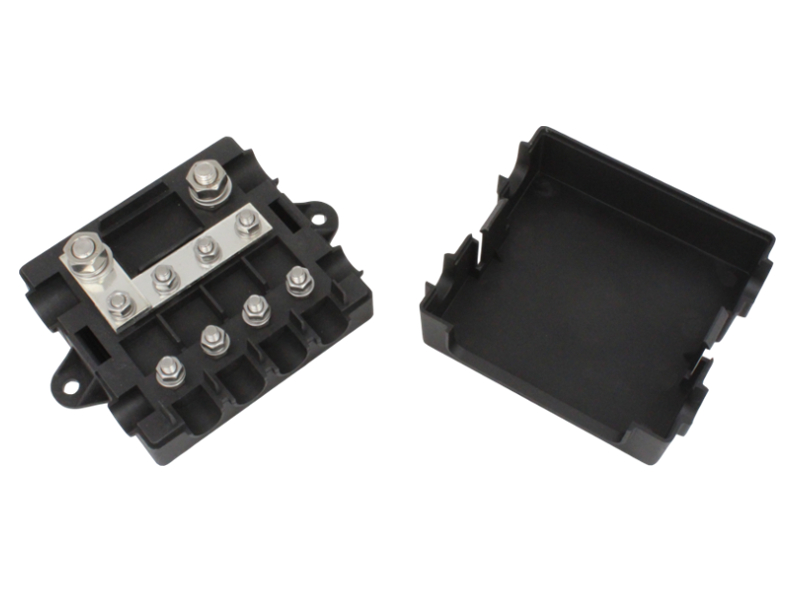What this isn't: Set in stone, finalized, error free, or complete. Tthis is not a request to double check my numbers or little technical details (though that is welcome), much will change before I arrive at my eventual final system design, and many of the details are yet to be decided. I welcome and ecourage your feedback, criticism, and questions on issues big and small, nothing is off limits, and general tire kicking and pondering is encouraged as well.
What this is: The diagram below is the first early draft of my proposed system. It is probably one of a handful I will create which will reflect different approaches and evolve as I continue to learn and rethink. I'm a visual learner, so getting everything down on 'paper' is part of the process and helps me rethink and iterate and understand. This is an early draft and I'm still a relative newbie, there are undoubtedly mistakes and things I will change (point them out where you see them).
How to interpret this diagram: The general layout is that the core system (battery, bms, positive and negative busbars) is in the middle, charge sources are at the top, and AC and DC loads are at the bottom.
A note on the DC distribituion:
The DC distribution is a bit overcomplicated and is probably in need of some revision. But there is a logic to it. What complicates things is that the system is 24V with both 12 and 24 volt consumers (my goal is mostly 24v), and two 'levels' or 'layers' of DC distribution. In the diagram this is referred to as 'unswitched' and 'switched' distribution (a concept borrowed from Pacific Yacht Systems) but you could also think of this as 'critical' and 'non-critical' loads.
My Use Case and Goals: This is a mobile (vehicle based) design. 70/30 on-pavement/off-pavement, mostly full-time lived in, mostly or completely off-grid, solar is the primary power source.
Some of my guiding design principles/objectives are:
System Overview (Draft):

Core System Conceptual Closeup:

What this is: The diagram below is the first early draft of my proposed system. It is probably one of a handful I will create which will reflect different approaches and evolve as I continue to learn and rethink. I'm a visual learner, so getting everything down on 'paper' is part of the process and helps me rethink and iterate and understand. This is an early draft and I'm still a relative newbie, there are undoubtedly mistakes and things I will change (point them out where you see them).
How to interpret this diagram: The general layout is that the core system (battery, bms, positive and negative busbars) is in the middle, charge sources are at the top, and AC and DC loads are at the bottom.
A note on the DC distribituion:
The DC distribution is a bit overcomplicated and is probably in need of some revision. But there is a logic to it. What complicates things is that the system is 24V with both 12 and 24 volt consumers (my goal is mostly 24v), and two 'levels' or 'layers' of DC distribution. In the diagram this is referred to as 'unswitched' and 'switched' distribution (a concept borrowed from Pacific Yacht Systems) but you could also think of this as 'critical' and 'non-critical' loads.
- The unswitched loads will be things like safety devices, the fridge, and other devices that are intended to always have power in normal conditions. The BMS will still be able to cut power to these circuits (via a smart battery protect), but it is the safety device of last resort and shouldn't cut power in normal conditions.
- A second smart battery protect will control the switched loads. This enables more granular control (manual and automated) of non-critical loads. Manually it makes it really easy to switch off all non-critical loads with the flip of a switch (physical or from the Victron App) if I'm leaving the vehicle for a few days or for various other reasons. It also means that non-critical loads can be disconnected earlier (at a higher SOC) than the point at which the BMS disconnects all loads which could substantially increase my time of autonomy in poor solar conditions.
My Use Case and Goals: This is a mobile (vehicle based) design. 70/30 on-pavement/off-pavement, mostly full-time lived in, mostly or completely off-grid, solar is the primary power source.
Some of my guiding design principles/objectives are:
- Maximize efficiency
- Minimal no-load consumption
- Modular
- Maximize partial Shade tolerance/performance
- Flexible/wide range of operation
- Open Source, Open Hardware, and DIY where possible
- Layered protection and control
- Data! I ❤ pretty charts and graphs
- And of course cost/value
System Overview (Draft):

Core System Conceptual Closeup:




